
Unconventional night attack: first time Russia uses multiple hypersonic air-launched missiles. Military expert Serhiy Zgurets
The attack included six Kinzhal missiles fired from six MiG-31 aircraft. Previously, there were only single launches of these missiles against Ukraine. The destruction of six Kinzhal is an unprecedented event both for the Patriot system developers and Ukrainian military
Patriot system counters night missile attack
On the night of May 16th, Russia launched a terrorist missile attack against Ukraine. Russian forces fired 18 missiles from air, sea, and land-based platforms from different directions. Ukrainian air defense units successfully intercepted all missiles, but this attack was unusual. For the first time, the enemy used a significant number of hypersonic air-launched missiles, including six Kinzhal missiles fired from six MiG-31 aircraft. Previously, there had only been isolated Kinzhal launches on Ukrainian territory. Additionally, this attack did not include the usual Kh-101 or Kh-555 cruise missiles launched from strategic aircraft. Instead, nine Kalibr cruise missiles were launched from sea-based platforms.
What distinguishes Kalibr cruise missiles from Kh-101 missiles? Kalibr missiles are launched from sea platforms, making them more challenging to detect as they fly at extremely low altitudes of up to 20 meters. They can also fly close to the ground or along rivers, making them challenging to detect. During this missile attack, the eighth in 10 days, the enemy primarily used Kinzhals to target objects in Kyiv. It is assumed that the enemy aimed to hit Ukraine's Patriot systems, with the Kalibrs designed to surprise the air defense calculations before the Kinzhals enter. However, the enemy's plan was unsuccessful.
The destruction of six Kinzhal missiles is a significant achievement for the Patriot system's developers and the Ukrainian military. The Patriot system has demonstrated its ability to counter group attacks of hypersonic missiles. Our calculations have shown that the system can operate effectively in such difficult and extreme conditions. Recently, it was discovered for the first time what anti-missile systems are used by the Patriot complexes in the Armed Forces of Ukraine, as the wreckage of an PAC-3 CRI missile was found. This missile was created using Hit-to-Kill technology, where an anti-missile must hit an enemy ballistic missile at high speed, similar to hitting a bullet with a bullet. The Patriot system is capable of achieving this.
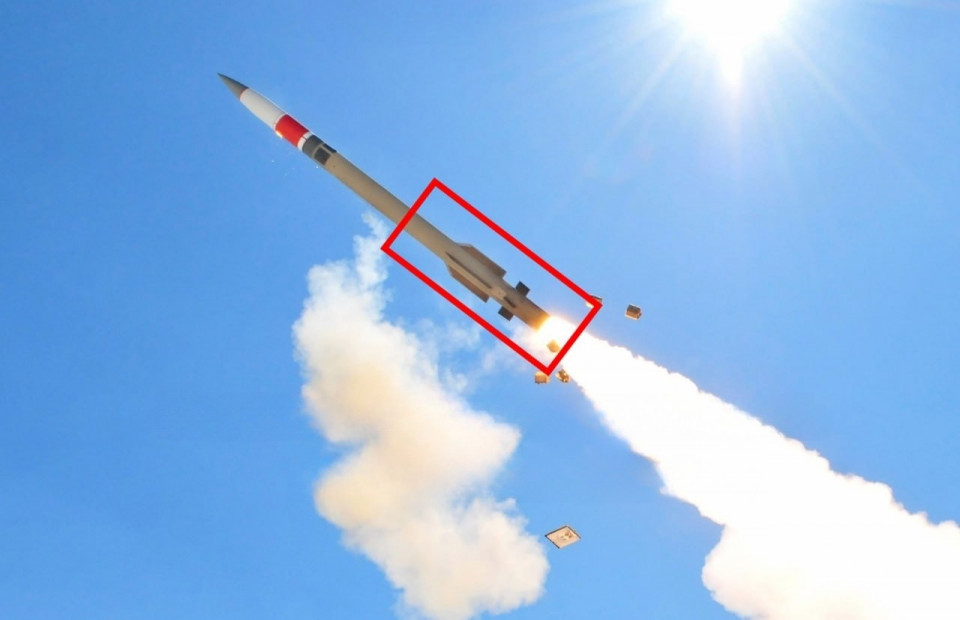
The remains of the PAC-3 missile demonstrate that this missile is extraordinarily effective in Hit-to-Kill technology, which no Russian anti-aircraft complex can match.
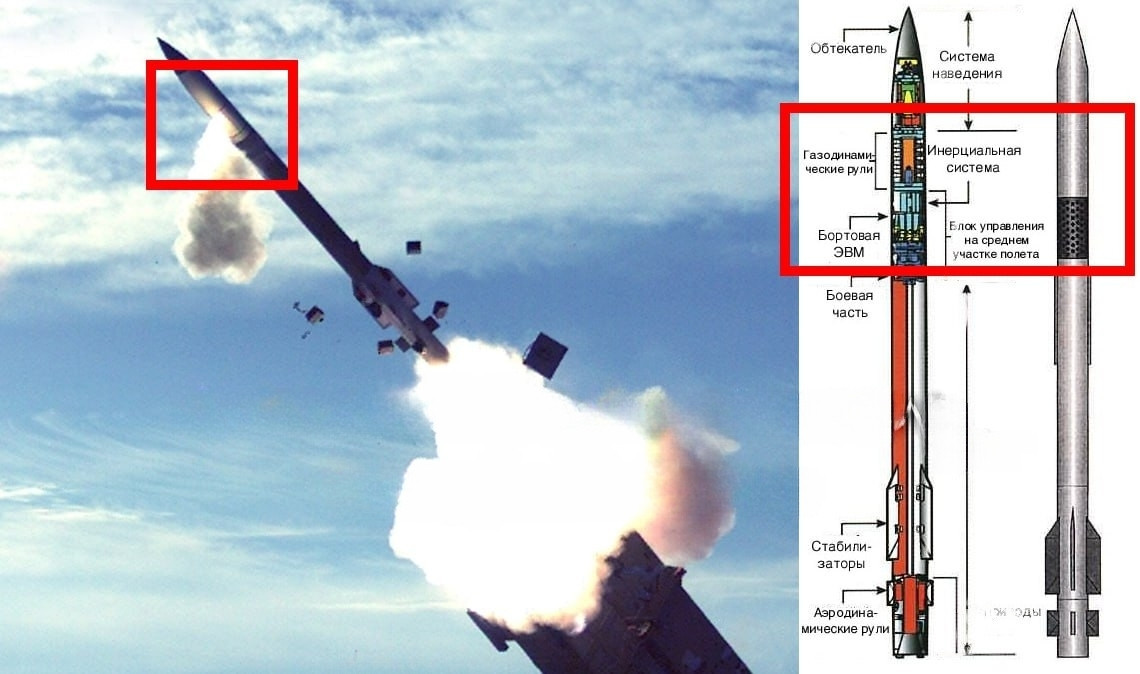
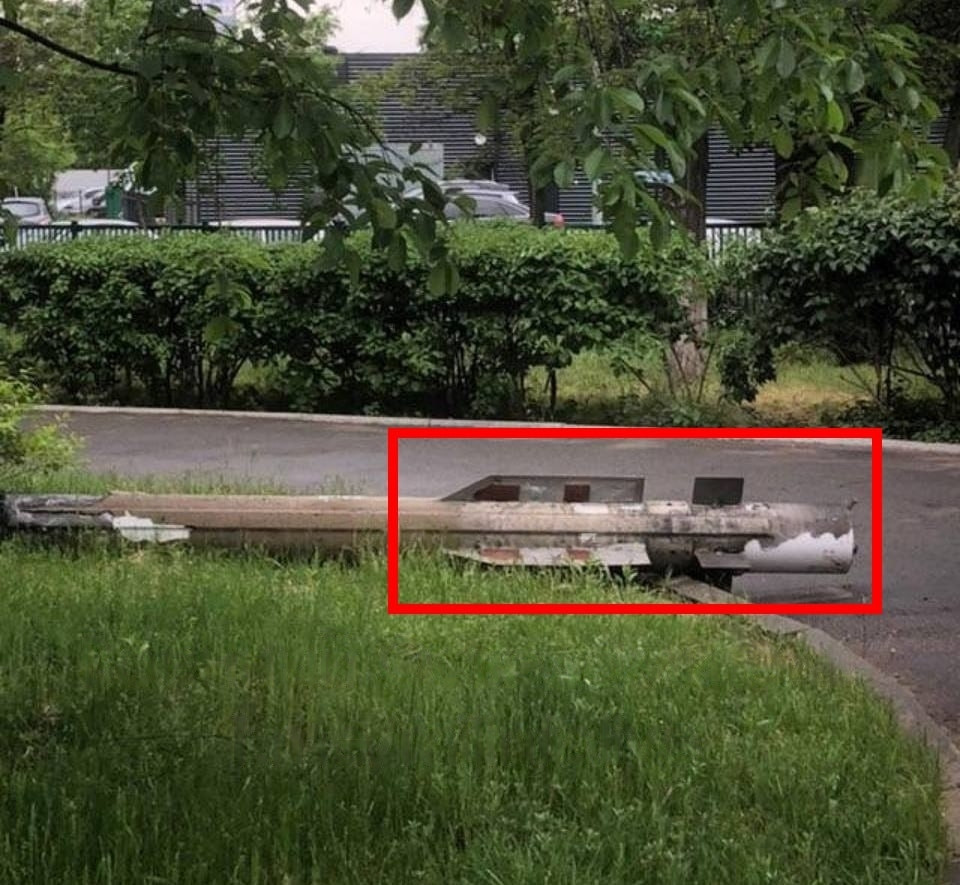
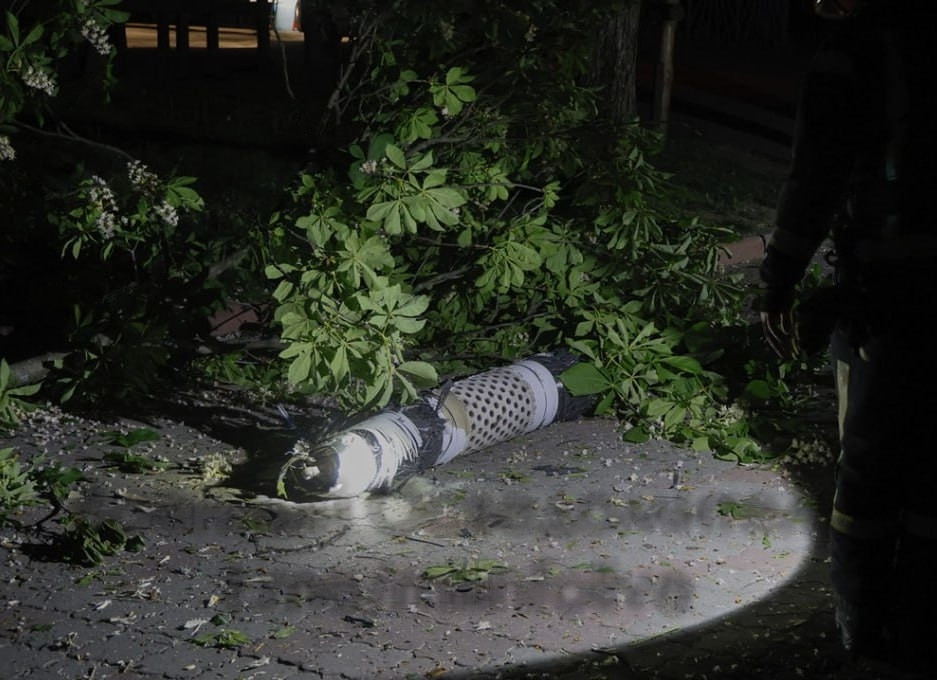
We have also observed a hole in the Kinzhal combat unit complex after its historic defeat on May 4th. The combat part of the Kinzhal is made of titanium, an extremely strong metal, used for the outer shell of the missile's combat part, which houses 150 kg of high-energy explosives. Although the enemy will likely continue to try and penetrate our anti-aircraft shield, the situation is not in their favor. The number of air defense systems in Ukraine is increasing.
Another positive development is the arrival of the French-Italian SAMP/T system in Ukraine. This modern development of the two countries also has anti-missile capabilities to shoot down ballistic targets.
While the potential of our air defense is growing, it would be beneficial to add aircraft that can expand the arsenal of means for combating enemy targets.
The situation in and around Bakhmut
Regarding the situation on the front, particularly in Bakhmut, significant progress has been made over the past few days. Deputy Minister of Defense Hanna Maliar confirmed that the Ukrainian military has successfully liberated approximately 20 square kilometers of the suburbs of Bakhmut from the enemy forces in both the northern and southern areas. On May 16, the commander of the Ground Forces, Syrskyi, visited Bakhmut and commended the defenders, stating that this marks a new chapter in our ongoing war. Ukrainian soldiers initiated flank attacks in Bakhmut three days ago, catching the enemy off guard. Syrskyi emphasized that the actions of our military have left the entire Russian army perplexed. The Russians are now uncertain about the location of the offensive near Bakhmut, an area they previously considered their own. The situation has dramatically shifted. Syrskyi further noted that the Wagner mercenaries feel trapped in Bakhmut, akin to rats in a mousetrap, as the Ukrainian Defense Forces continue their offensive from the north and south. Such remarkable examples of success will undoubtedly become more frequent in the history of the Armed Forces of Ukraine.
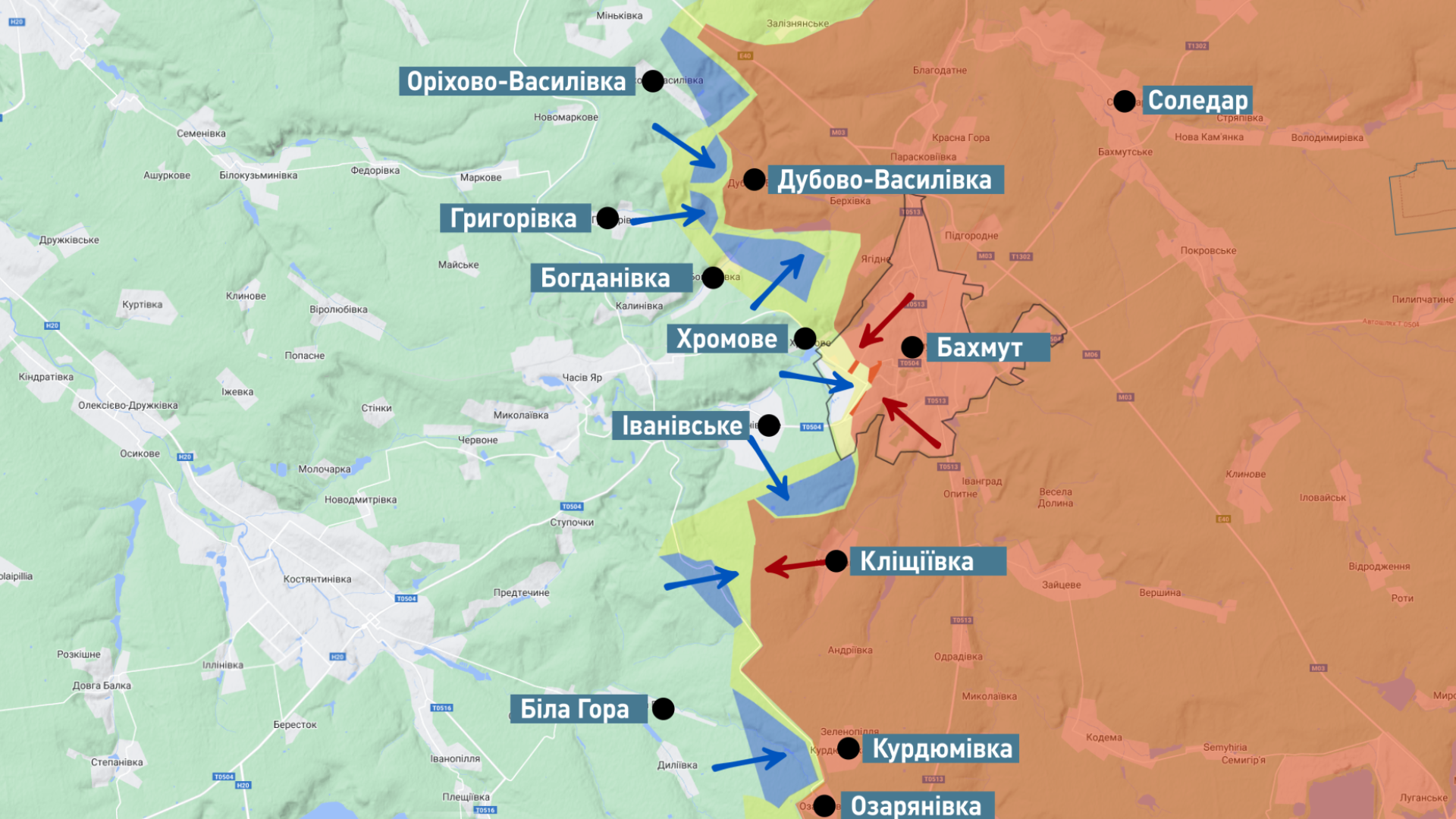
Roman Konon, a lieutenant from the National Guard's Freedom Battalion, described the current situation in the Bakhmut direction and along the entire contact line as extremely complex and dynamic. The enemy is deploying significant resources, including heavy weaponry and personnel. Their artillery is intensely active, causing destruction and fires over vast areas of land. The enemy is not lacking in ammunition.
Lieutenant Konon expressed genuine hope that the support of our Western partners will reach all Ukrainian units stationed in Bakhmut and other positions, providing them with the necessary assistance.
Tank prospects of Ukraine
We are currently anticipating the arrival of American Abrams tanks. The United States is shipping 30 tanks to Germany for our military training, and subsequently, they plan to transfer the tanks to Ukraine in the autumn, replacing them with reservations to safeguard certain classified information.
According to Mykola Salamakha, a military expert and reserve lieutenant colonel of the Armed Forces of Ukraine, the replacement of the Abrams reservation before the transfer will not compromise the effectiveness of the tanks. The only issue lies within US legislation, which strictly prohibits the disclosure of "secret" information, including the chemical composition and design of the armor, as it is a technological secret. Consequently, the Americans cannot share this information with foreign entities. As a result, we will receive the equipment with alternative reservation packages using different materials, which will have approximately 10% lower characteristics.
Salamakha also believes that there is no need to resume the production of the Ukrainian Oplot tank. Firstly, there is a conflict in the tank's design between the analog left part, specifically the gunner operator's workstation, and the digital right part, which belongs to the tank commander. Secondly, there are concerns regarding the relevant manufacturing sites and skilled specialists, the required time for production, and the overall productivity of this endeavor. There are numerous challenges to consider. Therefore, it is crucial to progress and initiate efforts to amend legislation while seeking private enterprises capable of developing and producing components for the future Ukrainian tank. We should leverage Ukraine's heritage in Soviet tank building and its 30 years of independent developments, moving forward with new opportunities provided by Western equipment. The primary focus should be on deciding the tank's caliber, whether it will be 125 mm or 120 mm, as it will subsequently determine the tank's design and guide the future development of Ukrainian tank construction.
- News













































